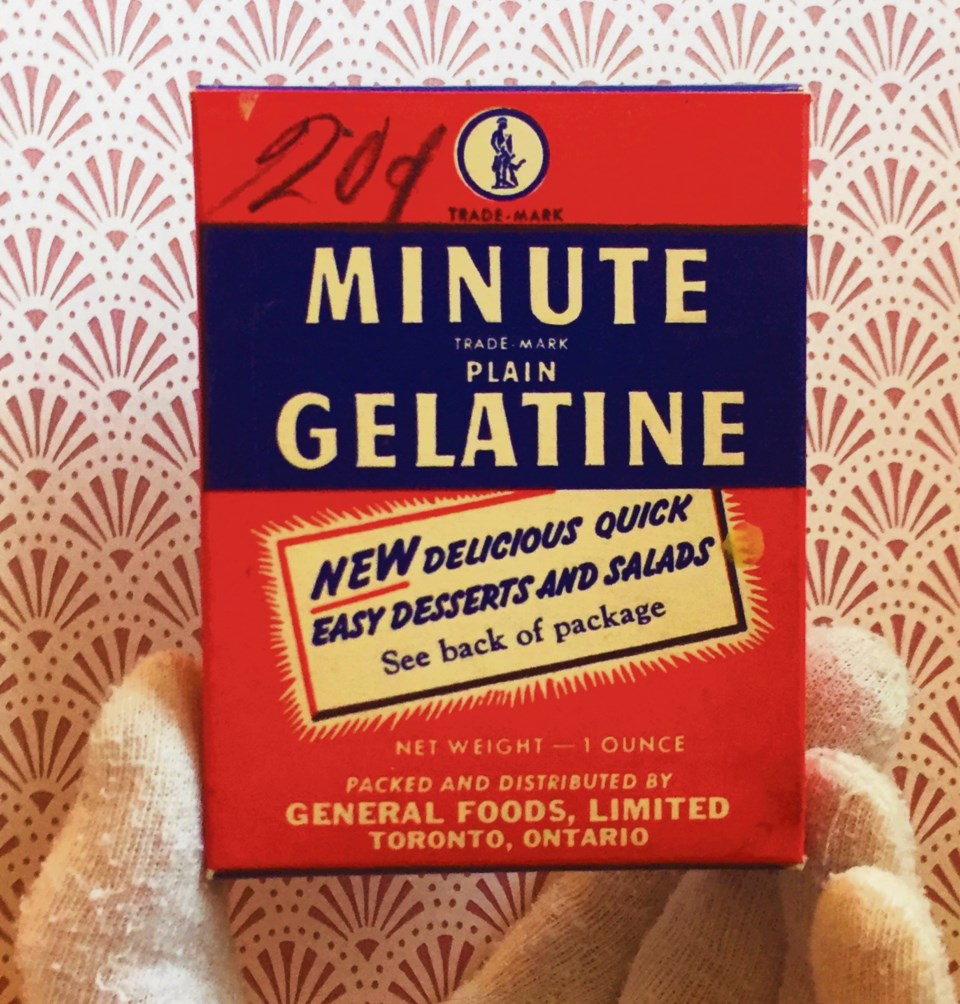When it comes to Jell-O, most people allow its ingredients to remain a mystery so as not to ruin the bursts of flavour that colour our mouths in brilliant shades of red, green, and blue. As it turns out, the first gelatin recipes were not so pretty and have their start long before Jell-O, as we know it, had even come about.
Gelatin recipes first emerged in the 1400s when the ears and feet of inopportune pigs were boiled down to filter out a protein called collagen. Even Catholics in medieval times, who could not eat meat on Fridays, feasted on jellies made from a type of gelatin called isinglass, which comes from eels.
In the 1800s, around the same time the United States began receiving shipments from Edinburgh, Scotland of dried gelatin, Peter Cooper created and patented “portable gelatin,” which was made by simply adding water to a powdered mix.
Throughout most of history, gelatin went unflavoured. It wasn’t until Pearle B. Wait and his wife who owned a cough syrup company in New York, decided to join the food industry adding fruit syrups like strawberry and lemon into their newly coined Jell-O mixes.
Despite their brilliant ideas, including the company’s new name, they were poorly funded and lacked the skills needed to promote their creation. They were forced to sell the Jell-O recipe to their neighbour, Orator Francis Woodward, who began to peddle the mix at a variety of community events.
To successfully retail his new product, Woodward launched advertising campaigns including Jell-O cookbooks and introducing the Jell-O girl.
Gelatin is still one of the main ingredients of Jell-O today and comes from the collagen found in the tissues of animals, such as the skin, ligaments, and bones.
The Virden Pioneer Home Museum houses a variety of kitchen ingredients including Minute Gelatin from General Foods Limited in Toronto.
Visitors to the museum interested in the history of Jell-O and other Victorian artifacts are invited to take a guided tour this summer.
Submitted by Madeline Peters, assistant curator and tour guide at Virden Pioneer Home Museum.




